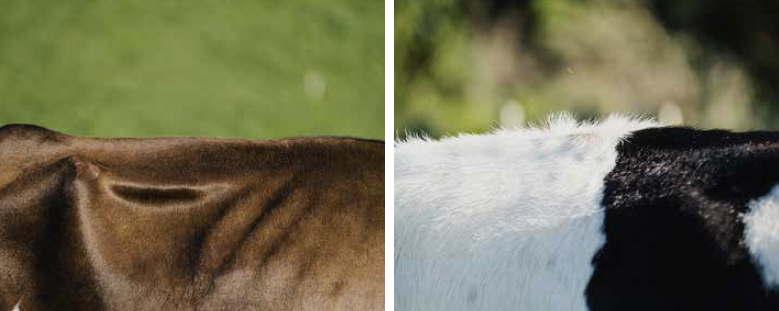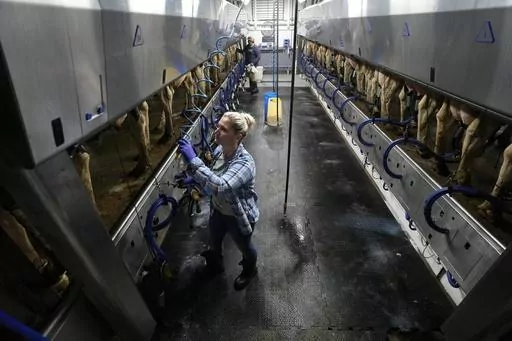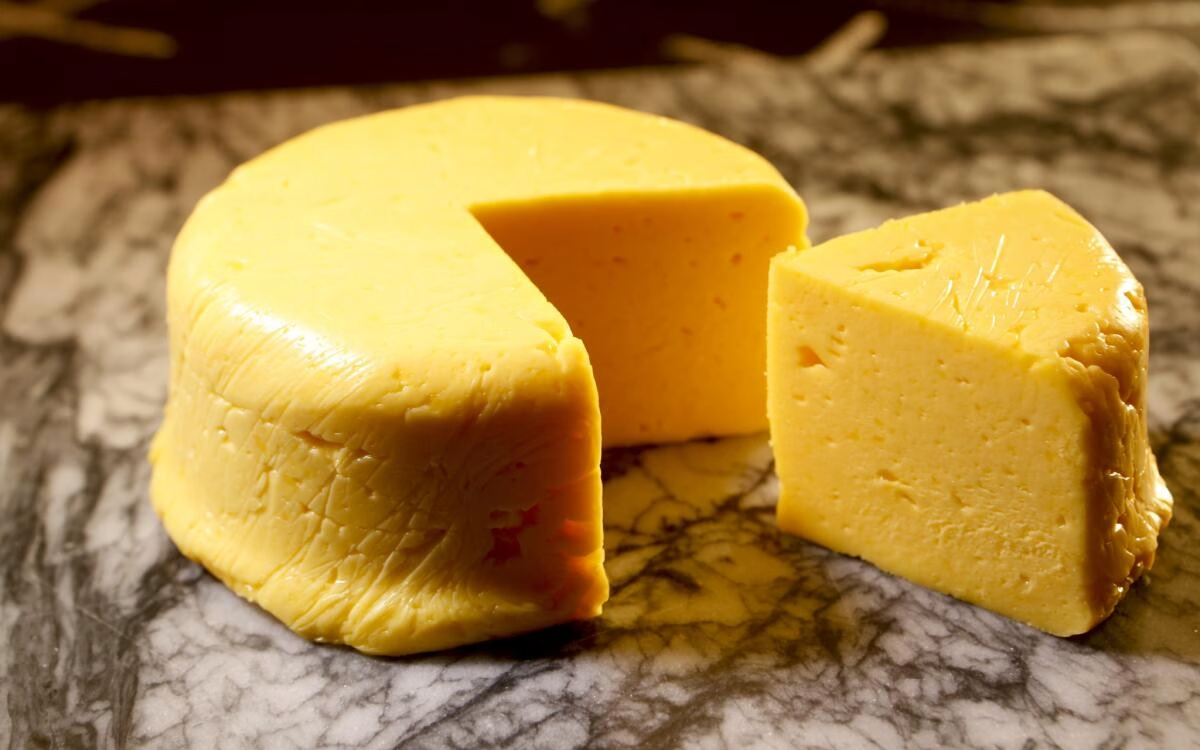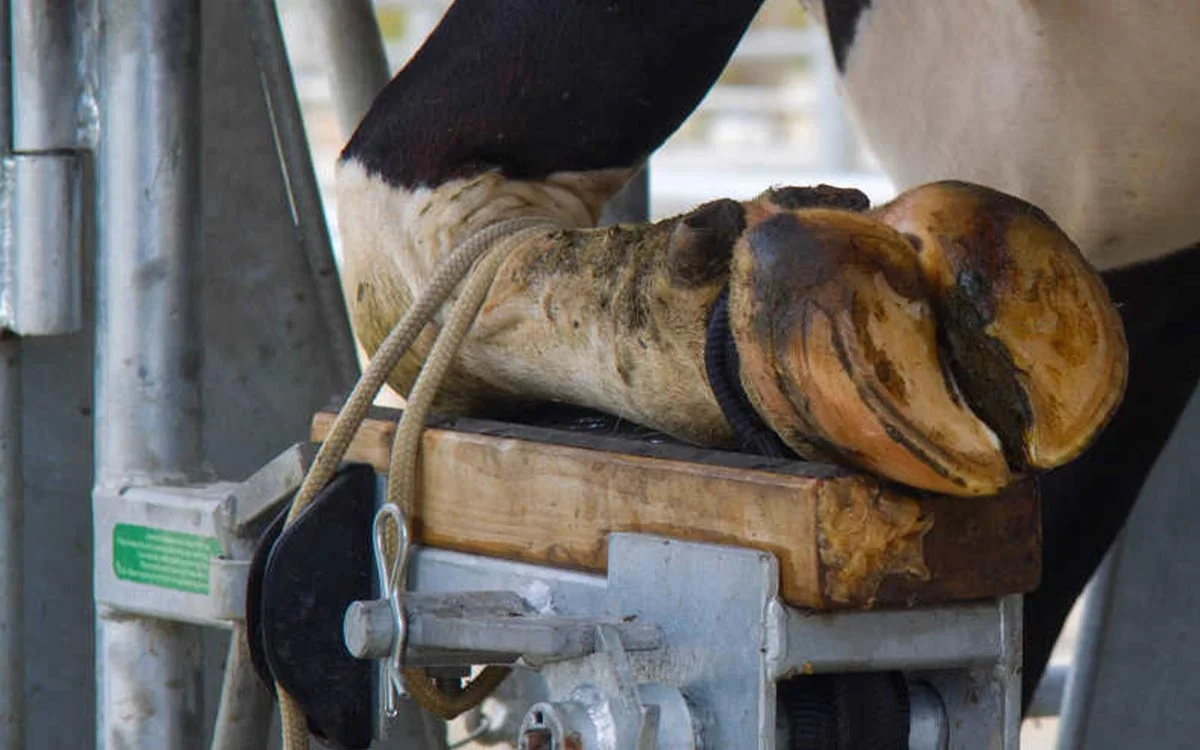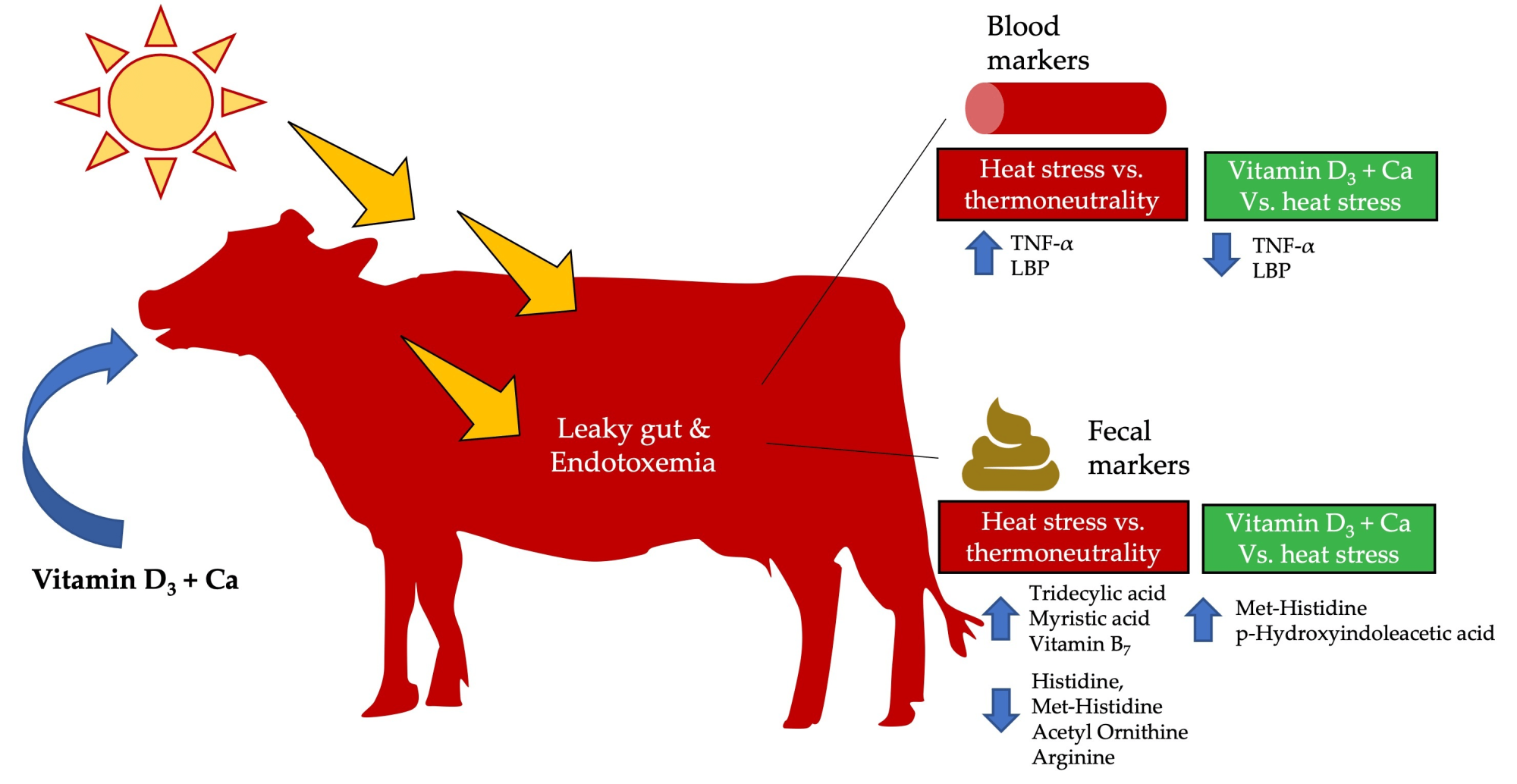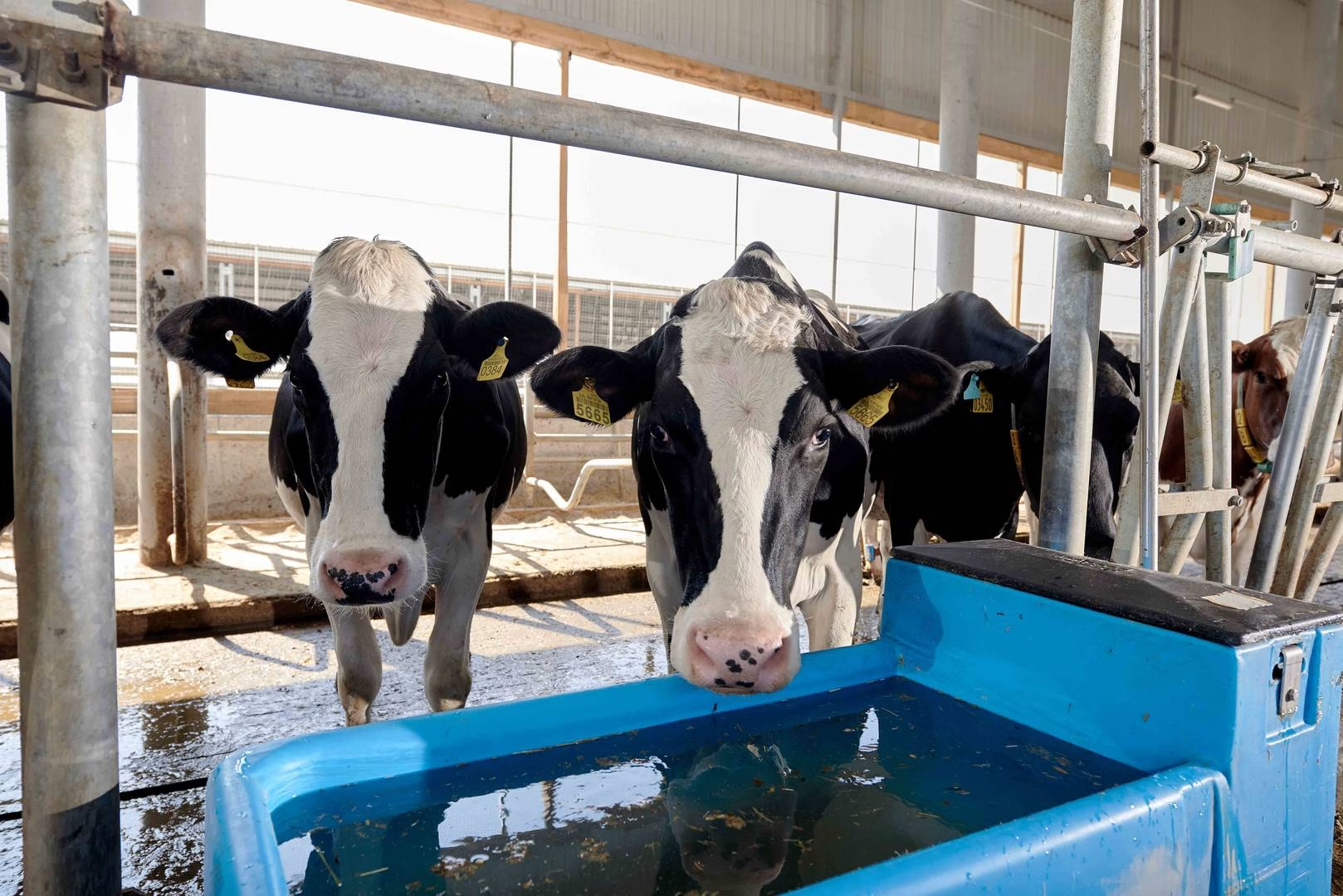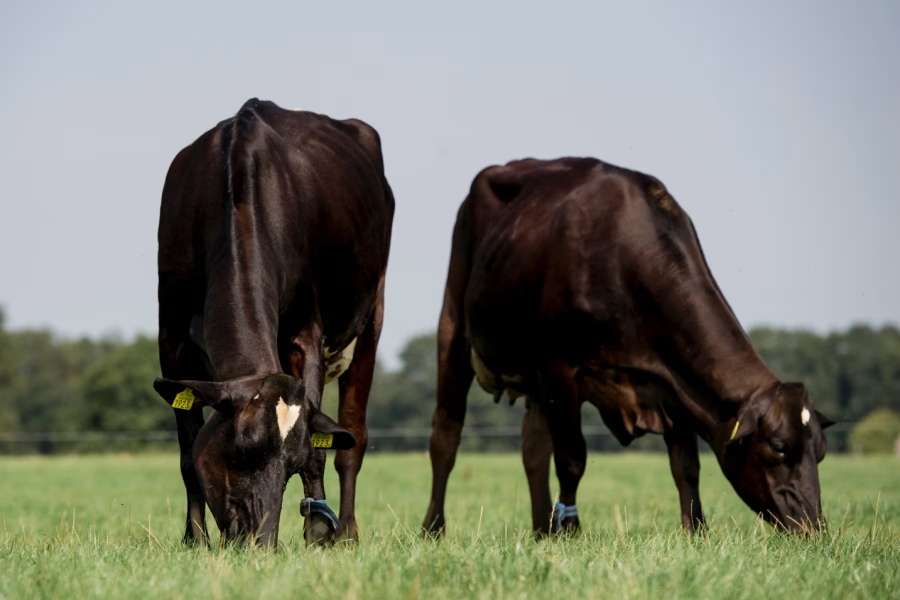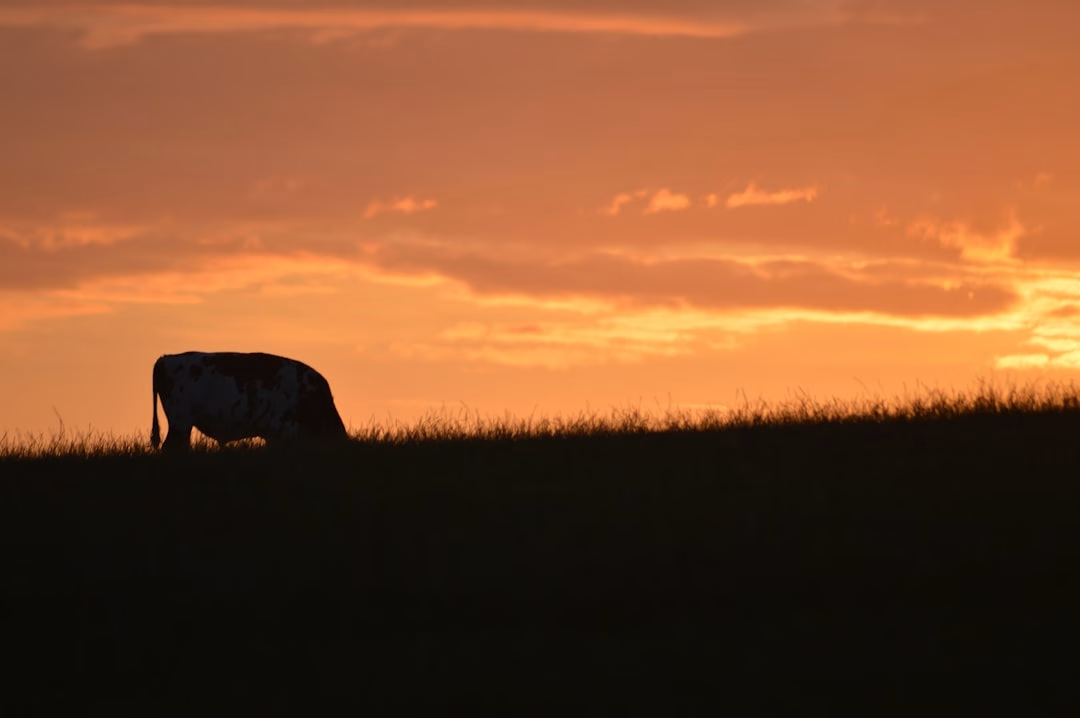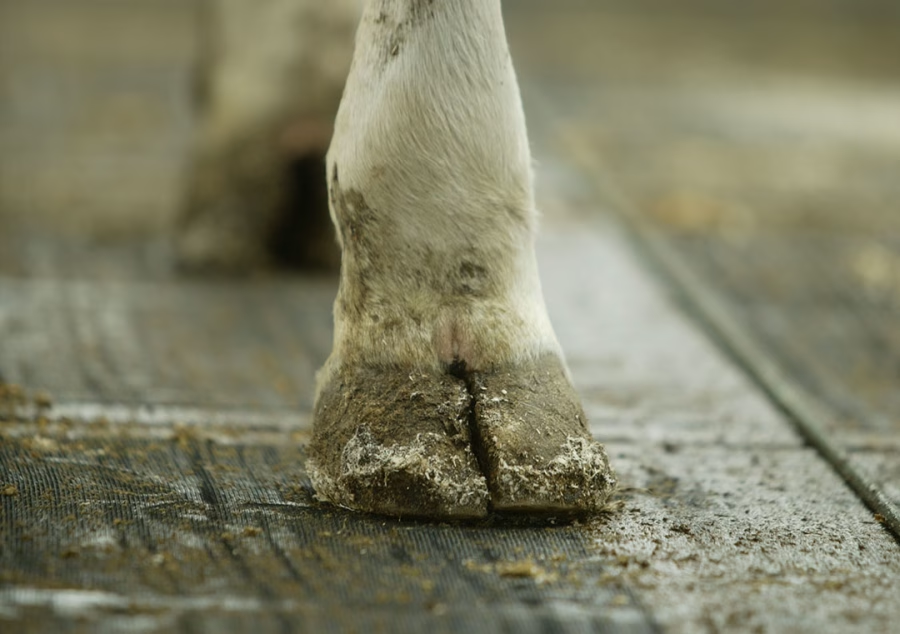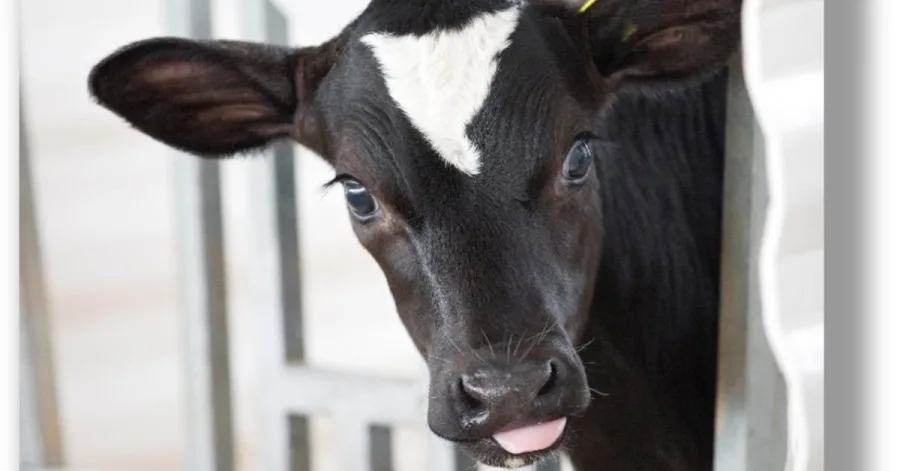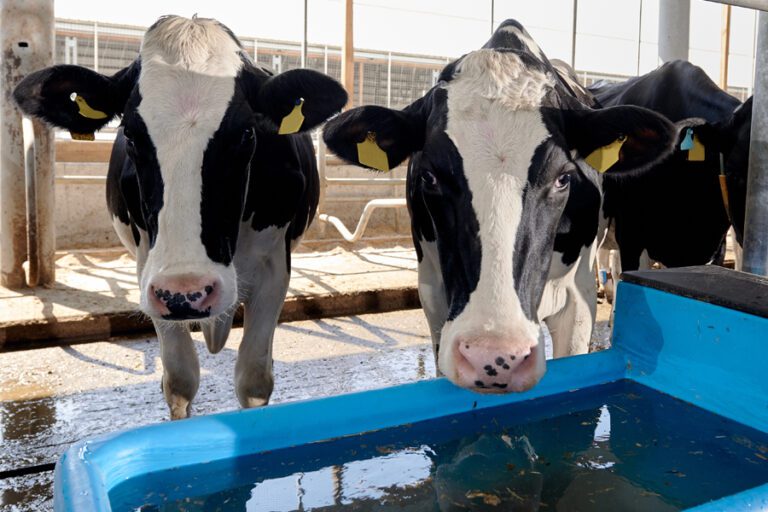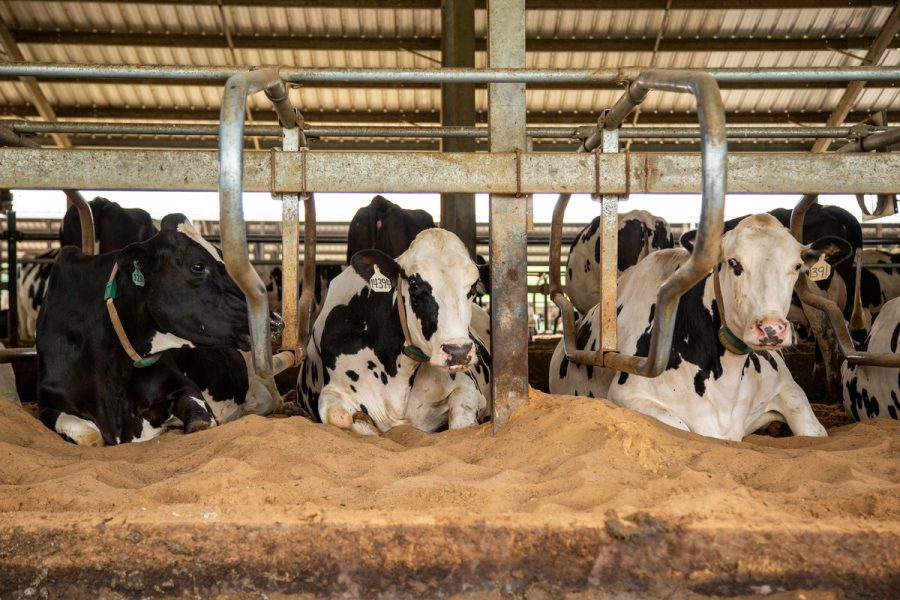Learn how image analysis and FFT can predict cow respiratory rates, helping you monitor health and catch issues early. Ready to transform your farm?
Summary: Imagine monitoring your cows’ health without lifting a finger. Recent innovations are making this a reality, allowing dairy farmers to predict the respiration rate (RR) in unrestrained cows using advanced image analysis and the fast Fourier transform (FFT). By harnessing the power of computer vision and efficient algorithms, this cutting-edge method streamlines the process of tracking RR, providing real-time insights that could revolutionize dairy farming. Key highlights of this new technology include utilizing FFT for precise RR prediction and employing computer vision to monitor RR in cows and calves. This non-invasive approach eliminates the need for physical sensors and enables early diagnosis of heat stress and respiratory ailments. These advancements pave the way for more efficient and effective farm management, ultimately enhancing animal welfare and productivity. Traditionally, eye examinations have limitations due to labor-intensive, specialized training, and scalability issues. Technology has provided new solutions, such as wearable sensors, thermal imaging, and RGB and IR cameras. These cameras offer a non-invasive, scalable option for monitoring RR without disturbing the animals. Researchers used RGB and IR cameras to capture dairy cows in natural conditions, and YOLOv8, an object identification model, automated the procedure and pinpointed ROI with remarkable accuracy. FFT converted these pixel signals into frequency components, filtering unwanted noise. Researchers focused on frequencies linked with the cattle’s respiratory motions and extracted fundamental frequencies using an inverse FFT to recreate a clearer signal. This automated ROI recognition and FFT technology simplifies and improves respiratory rate monitoring in dairy production, saving time and protecting the health and well-being of cattle. The proposed approach offers cost-effectiveness, scalability, and early detection of heat stress and respiratory diseases.
- Real-time monitoring of cows’ health through non-invasive techniques without manual intervention.
- Advanced image analysis and fast Fourier transform (FFT) enable precise respiration rate (RR) prediction in unrestrained cows.
- Application of computer vision to monitor RR in both cows and calves streamlines tracking and management processes.
- Non-invasive methods eliminate the need for physical sensors, reducing stress and improving animal welfare.
- Early diagnosis of heat stress and respiratory ailments becomes possible with continuous RR monitoring.
- Technology advancements provide cost-effective and scalable solutions for large-scale dairy farming.
- RGB and IR cameras offer a practical alternative to labor-intensive, traditional eye examinations, ensuring better scalability.
- Automated ROI recognition and FFT filtering enhance the accuracy of respiratory rate measurements.

Have you ever considered how your dairy cows’ health may quietly slip between the cracks? Amid a busy farm, keeping track of every aspect, particularly respiratory health, is challenging. However, respiratory rate (RR) is essential to health, offering early warnings of heat stress and respiratory illnesses. Imagine simply monitoring RR without the need for time-consuming manual inspections or intrusive instruments. Welcome to the future of dairy farming, where image analysis (a process of extracting meaningful information from images) and fast Fourier transform (FFT) (a mathematical algorithm that transforms a signal from its original domain into a frequency domain) anticipate RR in unrestrained cows while providing continuous, non-invasive monitoring for real-time health insights. Using computer vision (a field of study that enables computers to interpret and understand the visual world) and FFT, this technology guarantees that your cows flourish while optimizing operations and minimizing stress for your animals and you. Intrigued? Find out how this invention can improve your farm’s health monitoring system.
From Manual Checks to Modern Tech: Revolutionizing RR Monitoring in Dairy Farming
Traditionally, dairy producers have used eye examinations to determine their cows’ respiratory rate (RR). This entails attentively examining the cow’s flank region and counting breaths, which, although applicable in some instances, has considerable limits. Visual inspection is labor-intensive, requires specialized training, and needs to scale more effectively, particularly in big farms where watching each cow individually becomes impracticable. Moreover, it’s a subjective method influenced by the observer’s experience and the cow’s behavior, leading to potential inaccuracies.
Over time, technology has provided fresh answers to this age-old dilemma. Wearable sensors, for example, have been used to monitor the RR more accurately. However, these sensors are often intrusive, creating a danger of pain to the animals, and need regular maintenance and replacement, increasing the price. Furthermore, wearable sensors are not suitable for large-scale, real-time monitoring.
On the other hand, thermal imaging of the nostrils effectively identifies breathing patterns in study settings. While promising, thermal cameras must be placed near the cows, rendering them suitable for commercial farms if high-resolution cameras are employed, which may be prohibitively costly. Environmental conditions, such as temperature variations, may cause noise and complicate agricultural operations.
This takes us to a novel approach: utilizing RGB and IR cameras. Unlike wearable sensors and infrared imaging, these cameras provide a non-invasive, scalable option for monitoring dairy cows’ respiratory rates. Farmers may now assess RR without disturbing the animals by examining video footage using powerful image processing methods like the Fast Fourier Transform (FFT). This strategy saves money and eliminates the danger of physical damage to the monitoring equipment, making it a viable option for large-scale dairy production. The complete research published in the Journal of Dairy Science provides further information on the study’s methodology and conclusions.
Time to Get Technical: Capturing and Processing Video Data for RR Monitoring
Let’s look at how the researchers collected and analyzed the video data. They used RGB and infrared (IR) cameras to capture dairy cows in natural, unrestricted conditions. These cameras, carefully positioned around 2 meters above the ground and 5 meters distant from the cows, operated constantly for three days, 12 hours every day. This system guaranteed that at least one 30-second video segment of each cow’s laying time was recorded.
What’s the following step once you’ve captured this footage? The researchers pulled up their sleeves and set to work on the image-processing pipeline. The Region of Interest (ROI) is the primary emphasis here, notably the cow’s flank region, where respiration is most visible. Initially, they manually marked the ROI on each frame. However, let us be honest: hand annotating is time-consuming. Enter YOLOv8, an object identification model that automates this procedure and pinpoints the ROI with remarkable accuracy.
Once the ROI was determined, they molded the pixel intensity for each picture channel (Red, Green, and Blue) into a two-dimensional object. This step gave the researchers the per-frame mean pixel intensity, paving the way for their actual hero: the Fast Fourier Transform (FFT).
FFT converts these pixel signals into frequency components, allowing them to filter unwanted noise. They focused on the frequencies linked with the cattle’s respiratory motions. After extracting the fundamental frequencies, they used an inverse FFT to recreate a clearer signal.
What’s the last component of the puzzle? Identifying the peaks in this denoised data correlates to the cows’ breathing rates per minute. By counting these peaks, scientists were able to forecast respiratory rate correctly.
The era of manual, labor-intensive data processing is over. Automating ROI recognition using technologies such as YOLOv8 and utilizing FFT simplifies and improves respiratory rate monitoring in dairy production. This practice isn’t only about saving time; it’s also about protecting the health and well-being of our valuable cattle.
Promising Insights: Outstanding Accuracy and Robustness in RR Prediction
The study’s results are encouraging. The model accurately predicted cows’ respiration rate (RR) with an R² value of 0.77 and an RMSEP of 8.3 breaths per minute. The model has an R² value of 0.73 for calves and an RMSEP of 12.9 breaths per minute. These statistics show that the model was reliable across both groups.
The model performed better under RGB illumination (R² = 0.81) than IR lighting (R² = 0.74). Although the model performs well in both scenarios, further refining in night vision settings should improve its accuracy even more.
One of the study’s most notable features is the model’s resistance to random movements. Even with fewer random movements, there was only a minor improvement in performance metrics (R² increased from 0.77 to 0.79; RMSEP slightly decreased from 8.3 to 8.1 breaths/minute), demonstrating the model’s ability to filter noise and deliver consistent results.
The area of interest (ROI) identification model also provided promising results. It had an accuracy of 100%, a recall of 71.8%, and an F1 score of 83.6% for bounding box identification. This great accuracy means that the target area—the cow’s flank—is regularly and adequately detected, which is critical to the trustworthiness of RR forecasts.
The Edge Over Traditional Methods
The suggested approach for estimating respiration rate (RR) in dairy cows offers many significant benefits compared to current technologies. First and foremost, the expense is enormous. This approach uses regular security cameras far cheaper than specialist thermal imaging or wearable sensors. This cost-effectiveness ensures that you, as a dairy farmer, can make smart financial decisions while ensuring the health and well-being of your cattle.
Another critical benefit is scalability. The strategy may be adopted across vast herds without requiring substantial training or setup. Traditional approaches based on visual inspections or wearable sensors are labor-intensive and impracticable for large-scale operations. In contrast, this image-based technique can manage massive amounts of data, making it suited for huge commercial farms. As a dairy farmer, this scalability empowers you to efficiently manage and monitor your entire herd, ensuring their health and well-being.
However, several obstacles and constraints must be considered. The approach needs more refinement before it can be extensively used in business settings. More work is required to automate, capture ROI, and improve the model’s resistance to various environmental circumstances. While the first findings are encouraging, adding behavior detection to discriminate between standing and lying postures might enhance accuracy.
Communal databases for model validation in precision livestock farming research are critical for furthering these approaches. Data sharing and collaborative validation may improve the robustness and generalizability of these models. Creating well-annotated picture datasets will promote broader validation and benchmarking, allowing the industry to overcome constraints and reach more dependable and scalable solutions.
More Innovative Farming: Effortlessly Monitor Your Dairy Cows’ Health
Imagine a device that allows you to check your dairy cows’ health continually. The suggested image-based technique for forecasting respiration rate (RR) can change dairy farm operations. Here is how.
Practical Implications: Traditional approaches for measuring RR in cows are labor-intensive and difficult to scale. You may automate this procedure using RGB and infrared cameras, saving time and money. The technology generates real-time data without requiring operator interaction, making it ideal for large-scale operations.
Early Detection of Heat Stress and Respiratory Diseases: Continuous RR monitoring may significantly improve the detection of early indicators of heat stress and respiratory disorders. When a cow’s respiration rate rises over normal levels, it may suggest discomfort from high temperatures or respiratory infections. Early intervention reduces the likelihood of severe health problems and death, improving overall animal welfare.
Improving Animal Welfare: Better monitoring capabilities allow you to react to health concerns sooner. It reduces stress levels in cows since they will not have to endure invasive health tests. The technology offers a non-invasive and less stressful way to monitor their well-being, leading to increased milk production and farm output.
Integrating with Other Detection Networks: This technique’s usefulness extends beyond monitoring only RR. It may be used with other computer vision-based detection networks to provide a more complete health monitoring solution. For example, behavior detection algorithms may be used to track reclining and standing behaviors, which are essential to animal comfort and health. Combining these components results in a comprehensive health monitoring and early illness detection system.
How about plunging into more inventive farming? Continuous RR monitoring is a method for creating a more efficient, welfare-oriented, and productive dairy farm.
The Bottom Line
The combination of image analysis with Fast Fourier Transform (FFT) has shown to be a groundbreaking tool for forecasting respiratory rates (RR) in dairy cows. This automated system has many benefits over conventional approaches, including more accuracy, less effort, and less animal discomfort. This technique, which uses regular security cameras, may provide real-time health monitoring in unrestricted situations, assisting in the early diagnosis of heat stress and respiratory infections.
For dairy producers, this invention is more than a technical enhancement; it’s a valuable tool for enhancing herd management and animal care. Adopting such techniques may help you maintain your livestock’s health and output.
As technology advances, one must consider how these developments will further revolutionize dairy production, making it more sustainable and efficient. Are you ready to embrace the tremendous prospects for integrating technology into agriculture that lie ahead?








